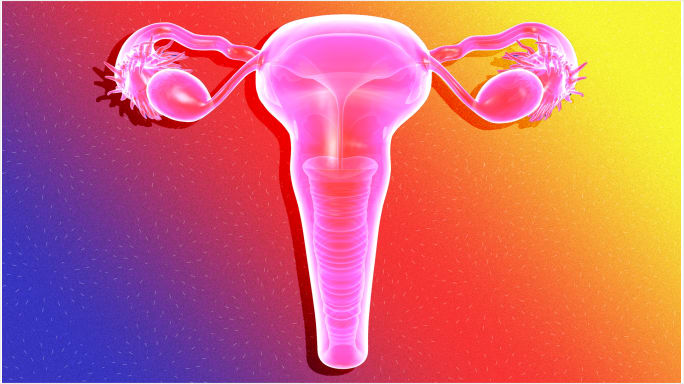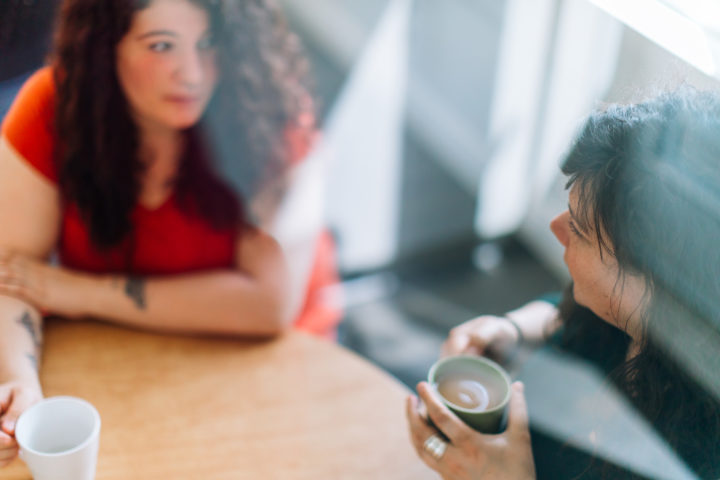They’re safe, cheap, and good for the world (and you).
I have used pads, and only pads, in every cycle for my entire menstruation career. Pads were what I was given when my first period arrived, they’re what my mom used, and I never thought about using anything else.( Spoiler: At the end of this piece, I will still be using pads.)
If you are a regular pad consumer, chances are that people have opinions about it. “Doesn’t it feel like a diaper?” ( I can’t remember what it felt like to wear one, but my guess is no.) Do I not know that menstrual technology has evolved such that I don’t have to walk around with cotton stuck to my underwear for 5-7 days every month? I do know, and while I’m interested in alternative menstrual products, I don’t feel ready to use, or experiment with, a menstrual cup, so I decided to try an interlabial pad.
Interlabial pads are exactly what they sound like – pads that you fold and wear lengthwise between your labia. They come in different sizes and absorbencies. I ordered a set of six of the petal shaped kind from Cloth Pads, a company that makes alternative menstrual products that are also reusable. (Personally, I am really into the idea that you could wash and reuse a pad, since menstrual products are super expensive.) The site also has a tutorial on making your own pads.
The interlabial pad is kind of like a tampon, in that it does involve some insertion, and also finding the right place to insert. Using pads does mean that you basically never have to encounter your vulva, or anything else, during your period, but to use an interlabial pad correctly, you have to be able to locate your labia.
I didn’t use the pad until the last two days of my period, when I was still bleeding, although not as much as I did during the first days. I probably could have used it in conjunction with a regular pad at the beginning, but you need to take out the pad before you go to the bathroom, and since my stomach behaves unpredictably during the first part of my period, I decided I’d just forgo the challenge of remembering that I needed to take something out.
If you are someone who doesn’t use tampons and doesn’t spend a bunch of time making contact with your outer labia, the interlabial pad might feel strange. I wasn’t used to having anything hanging out there on a regular basis, and so I felt extremely aware of it in a way I don’t feel aware of regular pads (although I’m sure when I first started using regular pads, I did feel very aware of them and just got used to it over time). You can get an interlabial pad that attaches to your underwear with Velcro, but that’s not the kind I had. It did its job in terms of absorbing the blood that came with the end of my period, but I was pretty nervous that because it was so small, it wouldn’t, and I spent a fair amount of time checking to make sure that I wasn’t bleeding all over my clothes. “The pad is designed to direct menstrual flow to the center to prevent leaking,” says Dr.Mashfika N. Alam, a general practitioner with Icliniq, a virtual hospital.
At this point, I’m sure not a convert to the interlabial pad, but I’ll probably try it again in the future. In addition the fact that they’re reusable, there are a lot of really good reasons to use interlabial pads, besides the crash course in finding your labia.
“Women do not want to use toxic chemical laden cotton or rayon knowing there is a connection to cancers and delicate tissue of their vaginas and other female anatomy,” says Dr. Elizabeth Trattner. “Many women are tired of using a pad that cannot be recycled and seems wasteful, facial tissues that have chemicals and can slide around in underwear, or a tampon, which is a big waste for a tiny amount of fluid.”
“Women who get skin irritation on the labia from using sanitary napkin/pads should consider trying Interlabial pads,” says Dr. Sherry A. Ross. Ross also suggests interlabial pads for folks who have chronic vaginal discharge, have recently given birth and are experiencing incontinence as the result of weakened pelvic muscles (or for any other reason).
According to Dr.Mashfika N. Alam, the highly absorbent nature of the interlabial pad can also prevent infections that result from moisture build up, so you could potentially get fewer UTIs, and there’s definitely less of a chance of developing toxic shock syndrome (TSS).




comments